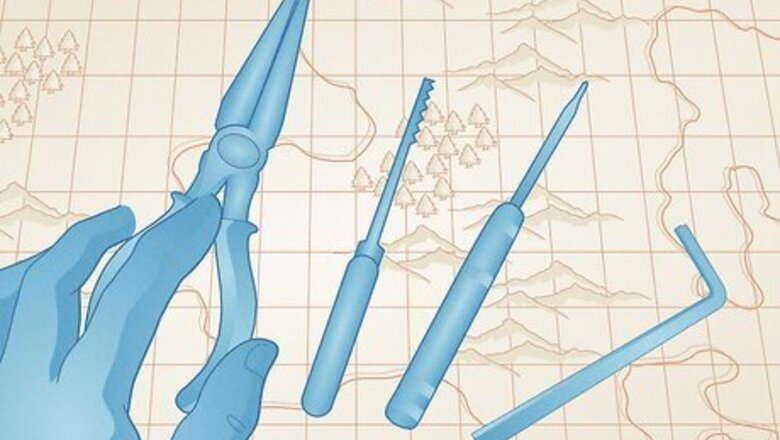
views
Thieves’ Tools Description & Attributes
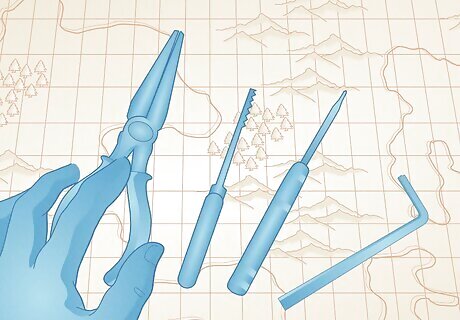
A set of thieves’ tools includes a small file, a set of lockpicks, a small mirror mounted on a metal handle, a set of narrow-bladed scissors, and a pair of pliers. Proficiency with these tools allows you to add your proficiency bonus to any ability checks you make to disarm traps or open locks. Type: Tool Cost: 25 gp Weight: 1 pound (0.45 kg)
Gameplay Uses for Thieves’ Tools
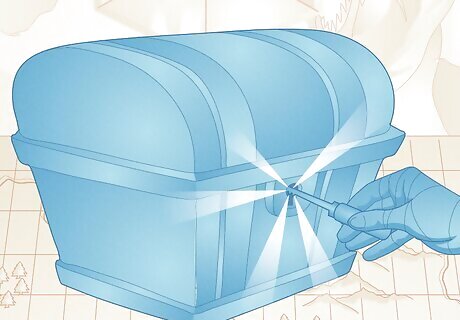
Disarm traps and unlock doors, safes, and chests with your toolset. The biggest advantage of having thieves’ tools is that you can use them to disarm a trapped room or lockpick anything you’d like to gain access to. Since traps and locked doors are very common in most D&D campaigns, these tools can definitely come in handy. Thieves’ tools never break while picking a lock or disarming a trap. However, they can break if someone deliberately tries to destroy them.

Use each tool to creatively solve problems and sneak around corners. You might use the small file to wear away metal structures, the small mirror for peeking around corners, or the scissors to cut ropes. Your DM might also add other tools to the standard set of thieves’ tools to give your players more options for roleplay. You might also be able to use your tools to jam a lock by intentionally breaking the lockpick off while it’s inside. For example, your DM might include a crowbar for prying open boxes or a pair of tweezers, which can be used to pull out venomous fangs.
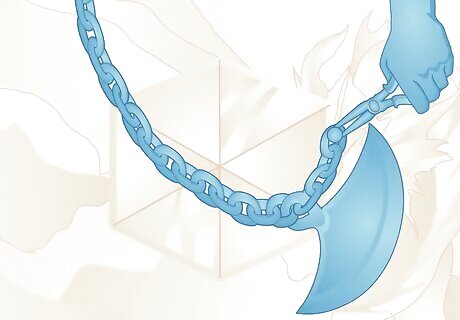
Set traps using items you have on hand using your thieves’ tools. The rules expansion book, Xanathar’s Guide to Everything, says that just as you can disable traps, you can also set them. As part of a short rest, you can create traps using items that you have on hand. The total of your check becomes the DC for someone else’s attempt to discover or disable the trap. The trap then deals damage appropriate to the materials used in crafting it (like poison or a weapon) or damage equal to half the total of your check, whatever the DM deems appropriate.
Calculating Thieves’ Tools
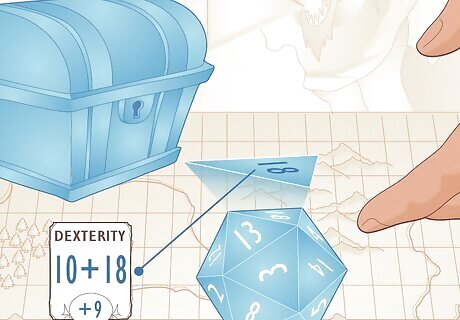
The player using the tools rolls a d20 and adds their Dexterity modifier. An ability check for lockpicking and trap disarming almost always goes to Dexterity because it represents the ability to move nimbly, quickly, and quietly. The DM usually sets the difficulty class for the lock or trap itself, which determines how high a player has to roll to disarm or unlock it. The DM can also change what ability score you use depending on the lock or trap. They might ask you to roll for Intelligence for puzzle locks or Strength for jammed locks. If you use Xanathar’s Guide to Everything, you might also use Intelligence or Wisdom for certain rolls.

Add a +2 bonus to the player’s roll if they have proficiency. You don’t need proficiency with thieves’ tools to use them, however, some locks may require proficiency. If a player has proficiency with a normal lock, they just add that bonus to their roll. For example, if your player is a level 3 rogue rolling to pick a lock, they would roll a d20 and add +2 for Dexterity and +2 for tool proficiency. In the basic rules, proficiency in thieves’ tools can come from the artificer or rogue classes or the criminal background. If you use Xanathar’s Guide to Everything, you can spend 25 gp per week for 250 days or 10 workweeks to gain proficiency. Your Intelligence modifier can reduce the time necessary to learn this skill.




















Comments
0 comment